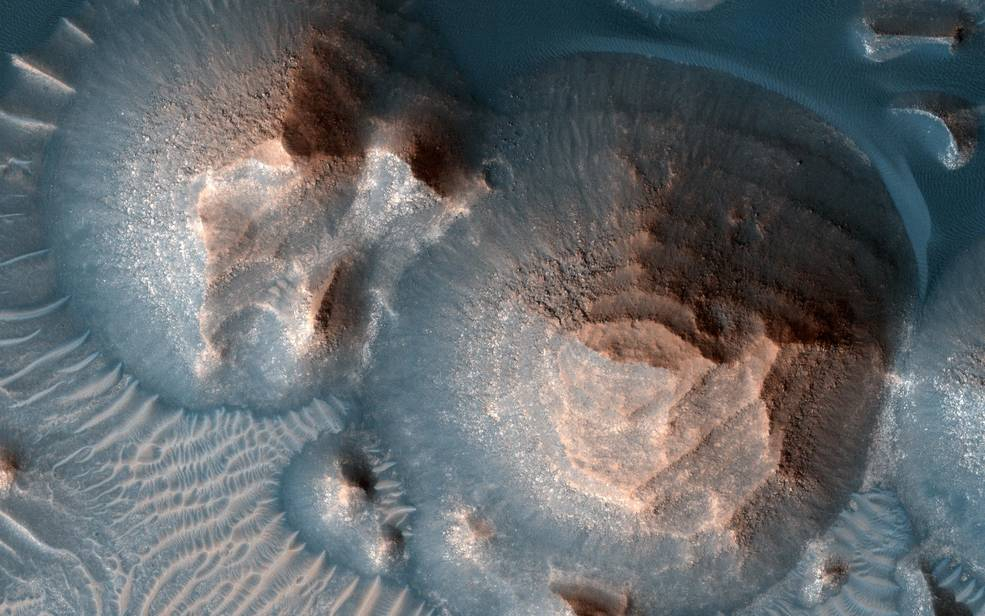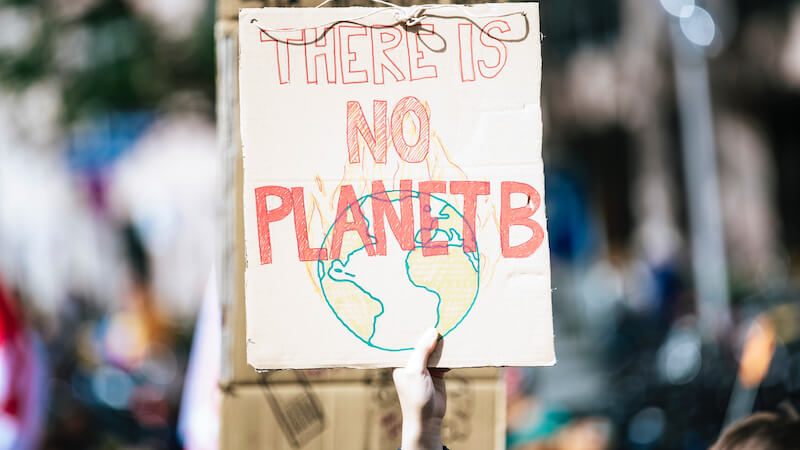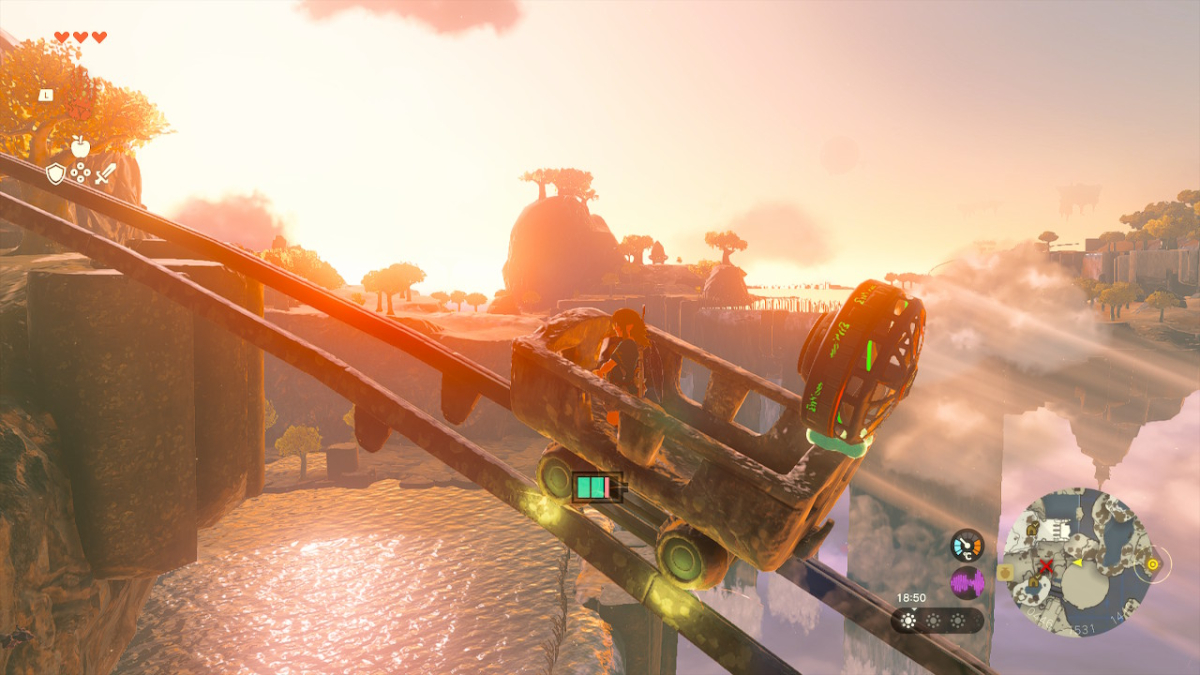Nasa finds evidence of thousands of violent outbreaks
This image shows several craters in Arabia Terra that are filled with layers of rock that often emerge in the form of rounded mounds. The light layers are about the same thickness, which gives a stair-like appearance. The exact process by which these sedimentary rocks were formed is not yet known. They could have formed from sand or volcanic ash that was blown into the crater, or from water if the crater was home to a lake. The image was taken by the “High Resolution Imaging Experiment” camera on NASA’s Mars Reconnaissance Orbiter. (Source: NASA / JPL-Caltech / University of Arizona)
A new NASA study confirms the thesis that there were super volcanic eruptions on Mars around 4 billion years ago. Rock basins previously thought to be asteroid craters turn out to be volcanic basins.
To date there are 20 known super volcanoes on earth. An Australian research team recently thought an impending outbreak of one or more of these giant fire breathers was very likely. Now NASA has in a new study proved that super volcanoes on Mars are responsible for thousands of eruptions.
The Martian giant volcanoes are said to have shown a lively activity four billion years ago. In the Arabia Terra region in particular, the researchers found massive amounts of molten rock. Lava on the order of magnitude that corresponds to around 400 million fully filled Olympic swimming pools reached the surface of the Red Planet.
The initially created rock layer then collapsed over the basin, the caldera of the respective volcanoes. Of these there are seven very massive representatives in Arabia Terra. Until now, researchers have misinterpreted them as asteroid craters. It was not until 2013 that researchers came up with a new hypothesis in a study. According to this, the crater-like rock basins could be volcanic cauldrons.
… suggest thousands of super-eruptions.
The study now presented confirms this assumption. When investigating the soil conditions in the Arabia Terra region, the researchers discovered volcanic ash. Their mineral composition, which they examined using spectrometry from the NASA orbiter “Mars Reconnaissance”, suggests super eruptions. The sheer number of calderas in Arabia Terra in combination with the immense thickness of the ash layer leads the study authors to the conclusion that there must have been thousands of supervolcanic eruptions in the region. According to the researchers, these must have taken place over a period of 500 million years.
Given that a single supervolcano eruption can have drastic climatic consequences, clarifying the cause of thousands of eruptions on Mars could possibly contribute to the question of whether there was ever life on Mars and, if so, why this ended.
On Earth, a single supervolcano eruption around 74,000 years ago was believed to be enough to shrink the then existing human population to 3,000 to 10,000 individuals. This is attributed to the fact that the extremely violent eruption could have destroyed the vegetation and thus the food sources on which the people were dependent. Imagine the impact of thousands of such eruptions.
What is now puzzling the researchers is the question of how the small planet Mars managed to melt so much rock that it was enough for thousands of super eruptions. After all, Mars is only a quarter of the earth’s surface. The equatorial diameter of around 7,000 kilometers is also only a little more than half the size of that of the earth. Solving this new riddle is now to be the subject of further studies. At least if the research team has its way.



